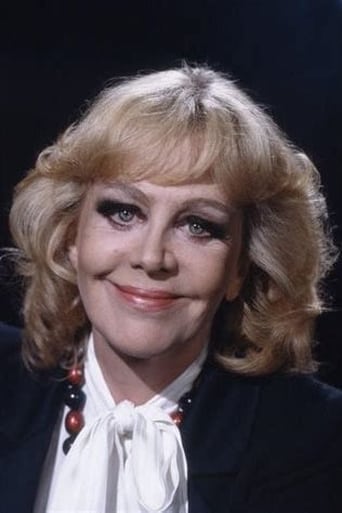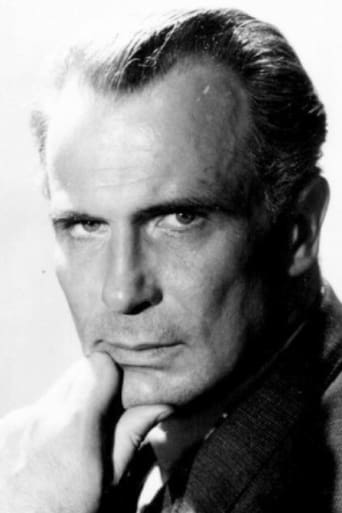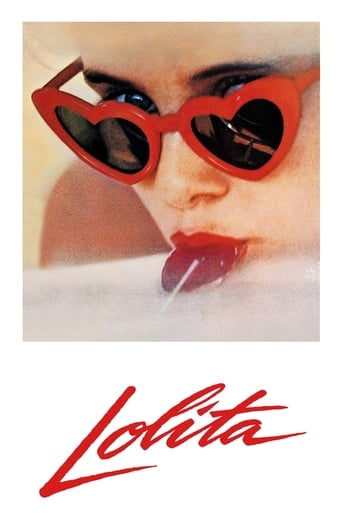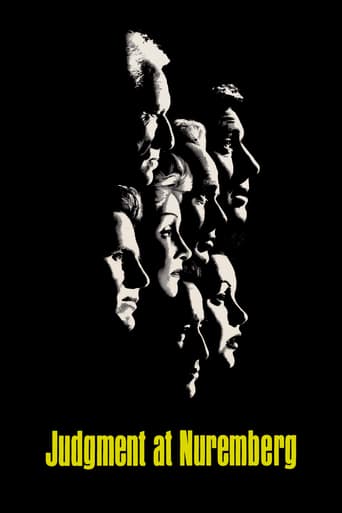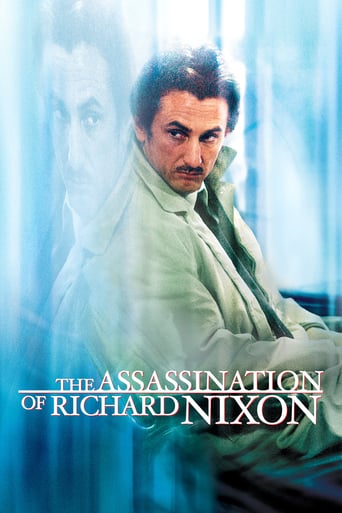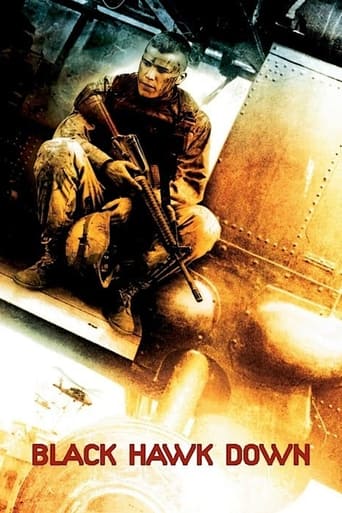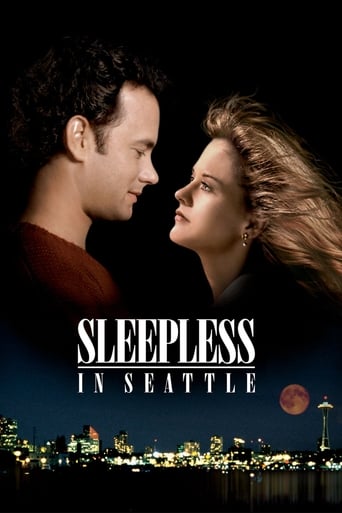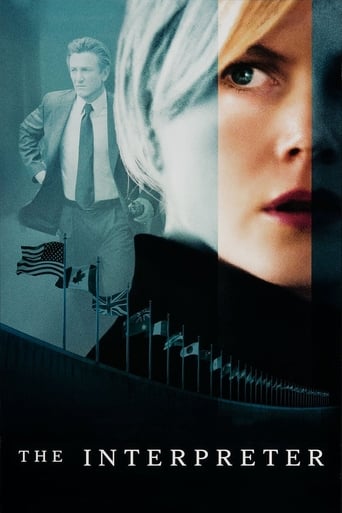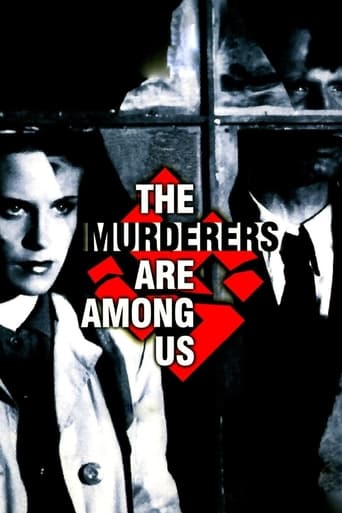
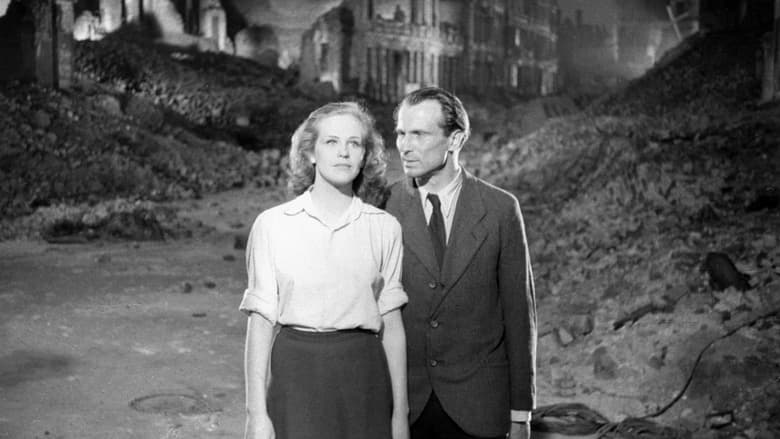
The Murderers Are Among Us (1946)
After returning from a concentration camp, Susanne finds an ex-soldier living in her apartment. Together the two try to move past their experiences during WWII.
Watch Trailer
Cast
Similar titles
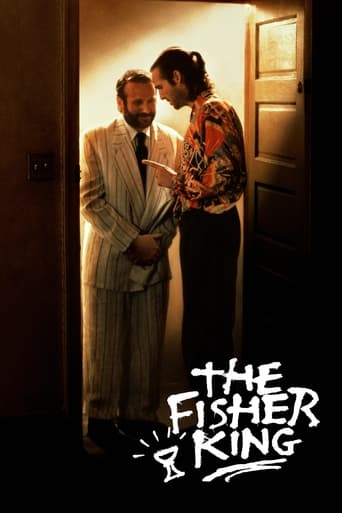
Reviews
Surprisingly incoherent and boring
I'll tell you why so serious
I wanted to but couldn't!
it is finally so absorbing because it plays like a lyrical road odyssey that’s also a detective story.
Immediately after WWII, Italy and Japan developed strong national cinemas. The same thing didn't happen in Germany. I really didn't know they made any films in the aftermath, but apparently they did. The Murderers Are Among us was made just the year after Germany lost the war. It's quite a strong film, feeling a lot like the film noir style that was all the rage in America at the time (which, in turn, was heavily influenced by German silent cinema). Ernst Wilhelm Borchert plays an alcoholic doctor who is haunted by his participation in the war. He hooks up with his new roommate (Hildegard Knef), which helps him a little, but then he runs into his former commanding officer (Arno Paulsen), which sends him into an angry, murderous downward spiral. The film is actually thinly veiled propaganda, expressing that not all Germans (be they soldiers or civilians) were okay with wiping out entire Polish villages or, you know, the Jews. Eh, maybe I can accept that, but, taking the film as some kind of apology, it all feels a tad too little too late. I do, however, like the appeal for peace and justice, as opposed to revenge. The last thing the world needed at the time was more violence. The filmmaking is very beautiful. Sometimes it feels like a dry run for The Third Man. I don't know if Carol Reed saw this film, but one filmmaker who most certainly did was Lars von Trier. His film Europa cribs from this one pretty liberally at times, most notably the image of a snowfall in a bombed-out church.
The opening scene conveys the film's mood. A low-angle camera shot shows bombed-out buildings, rubble in the street, an abandoned war tank, a makeshift wooden cross stuck in the ground, and a middle age man walking alone toward the camera, as three children play amid the ruins. There's no dialogue, just jazzy, bouncy, upbeat piano music that contrasts sharply with the bleak B&W image.Set in Berlin in 1945, the film tells the fictional story of a former surgeon, the man in the opening scene, whose name is Dr. Mertens (Ernst Borchert). He's dispirited and cynical. He meets up with a young woman, played by Hildegard Knef. The two of them share an uninviting apartment, severely damaged in the recently ended war. Knef's character is attracted to the dejected surgeon. But he's too disheartened to care. The deaths of thousands of people in a war render a surgeon's job of saving one life rather meaningless, according to Dr. Mertens. As the plot moves along, he reunites with an older, prosperous industrialist, a man whose attitude about the war is curiously indifferent.All of the film's photography was done in Berlin, right after the war. The destroyed buildings and brick rubble are a big part of the story, symbolic of human devastation. B&W, expressionistic cinematography is terrific, with stark shadows amid the ruins, human silhouettes against bleak, cracked walls.Interiors remind me of those in "The Blue Angel" (1930), dilapidated, dirty, cheap, drab, and very depressing. In "The Murderers Are Among Us", background music is minimal. Most scenes lack music, and the story is more potent for it. Sound effects consist of squeaky doors, footsteps on wooden floors, and other realistic sounds. The film's casting and acting are fine.Historically significant as the first German film made in Germany following the end of WWII, "The Murderers Are Among Us" reminds us of the horrors of war. One scene near the end is unforgettable in its severity. Outside at night, with snow gently falling, arc lights create ghostly shadows. The surgeon stands alone amid the rubble, outside a damaged church where people inside are singing "Silent Night". Faces of the people are grim. What a bleak period in human history.
This is a very strange movie. It starts with the text insert "Berlin, 1945", which translated to "the same place, but last year" at the time and place of filming. Although Berlin sure was in ruins at the time, everything seems so neat, cosy and tidy here -- it made me wish for those happy days of being bombed out and living hand-to-mouth. Susanne, the concentration camp survivor, is perfectly made up and groomed in every scene. When she returns from the camps and finds the alcoholic misanthrope Dr Mertens squatting in her flat, she naturally falls heels over head in love with him. Dr Mertens has the fetching characteristic of never having to worry about food or fuel, and being able to party every day in nightclubs despite being pennyless. Strangely, most films that came years later managed to paint a more realistic picture of the post-war chaos than the film that was filmed right in the thick of it. There is also a somewhat overwrought old man, Mondschein, waiting for the return of his son from the war.The movie finally gains momentum when Mertens encounters his former commander, Ferdinand Brückner, who on Christmas eve only a few years ago ordered the execution of a hundred civilians. Brückner is an unscrupulous, jolly bastard, who has always managed to stay on top and is now already a successful entrepreneur. Compared to the other rather ethereal characters of the story, he is truly creepy because he is realistic, remorseless -- and strangely likable. In the original plot, Mertens eventually avenges himself and murders Brückner, but in order not to promote lynch justice, the movie takes a more moderate and open ending.The movie is very courageous in that it doesn't aim to entertain or send out a positive vibe, but confronts the uncomfortable past head-on and dares to hold up a mirror at its audience, in a way that few, if any, movies have done since. For that, and for its historic value, it deserves twenty out of ten points. Sadly it lacks a bit in suspense. On a side note, its brilliant cinematography and especially the masterly use of shadows was reciprocated in another classic that was filmed two years later, with almost an overload of suspense: The Third Man.
Unit 5 film discussion Matt Butcher The Murderers Are Among Us is a film made immediately after World War II in East Germany. The melancholy of the film is derived from its main characters, a female concentration camp survivor who returns to her old apartment to find it occupied by an ex-military doctor. This military doctor drives the main conflict of the film in that his conscience is slowly eating away at him for his apparent actions during the war.In this regard, the film acts as a conscience for the people of East Germany, slowly asking themselves about their past and how they are going to live with it. It was a tumultuous period of reconciliation that the Germans were trying to live through. This movie tries to act on those feelings.Silberman notes that another film of this time, Rotation, "constructs a narration based on identification and emotional catharsis rather than on the cognitive terms of epic distanciation." The Murderers Are Among Us also tries to wipe the slate clean. It comes out and admits that what happened was wrong, hence the horrible feelings that the doctor is going through. They cannot completely distance themselves from these previous events, these earth-shattering events, unless they work through these feelings.
